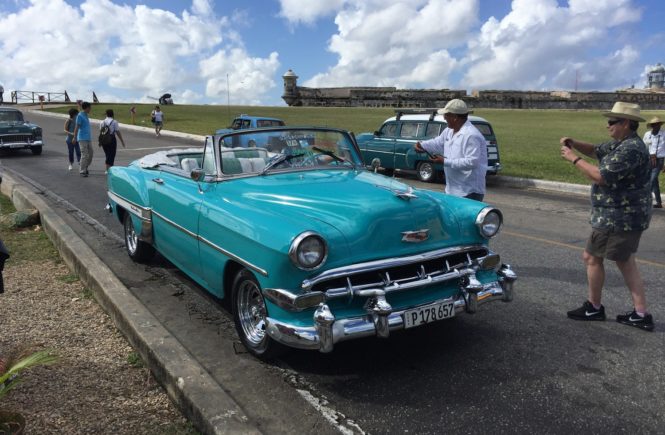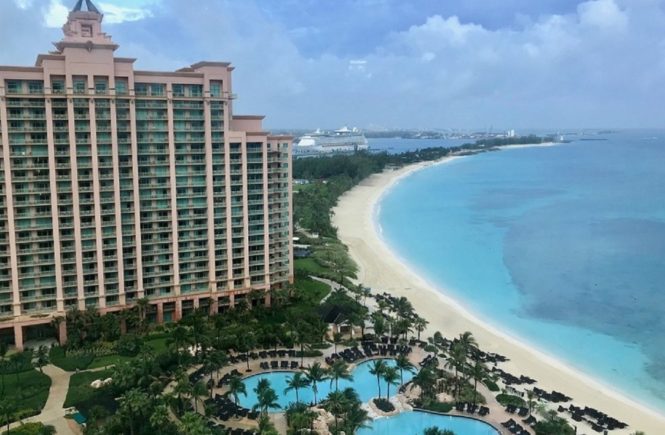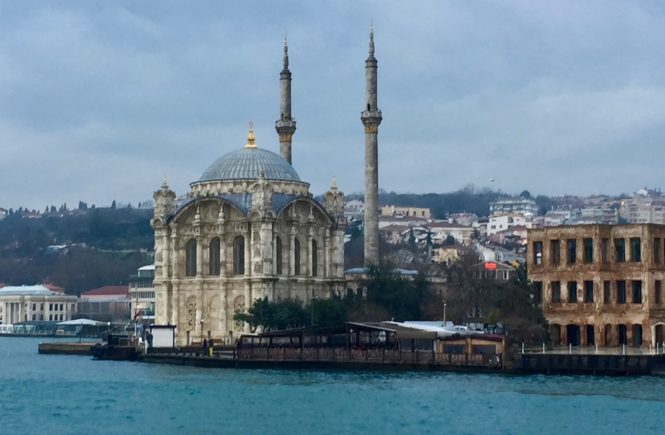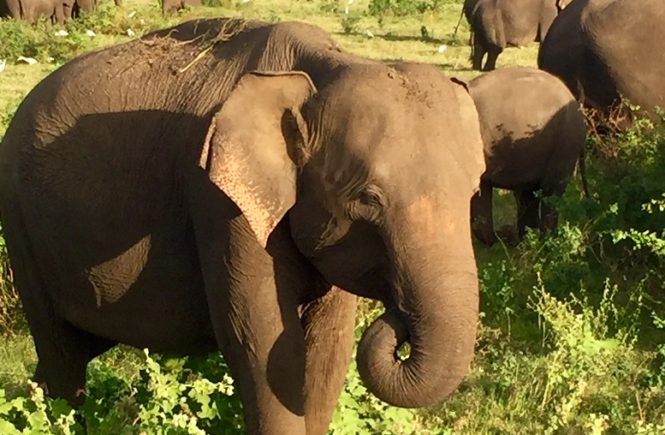ROBIN ROBINSON
There is no disputing that Canadians LOVE Cuba. Some 1.3 million of us visit the Caribbean island each year. We make up a whopping 40% of Cuba’s foreign visitors. When the deep freeze sets in, we flee to the all-inclusive resorts and sparkling white sand beaches along Cuba’s coastline.
In the past, if we left the resorts at all, it was to take boozy catamaran cruises, and snorkel or scuba in the blue Caribbean Sea. More recently, many of us have ventured to Old Havana to see the ornate architecture, sip mojitos at writer Ernest Hemingway’s favourite haunts, and watch enormous classic cars glide along narrow cobblestone streets. We stayed mere hours before returning to our resorts.
But things are changing.
Where the Cuban government once encouraged tourists to stay on their resorts, increasingly they are urging visitors to explore more, and dig a little deeper into the music, art, culture and history of the real Cuba.
Cuba has a very long history. Havana – its capital and seventh-oldest city – marked its 500th anniversary this past year, making it older than any city in Canada or the United States. Not long ago, there were few good places to stay in Havana. Now, luxury hotels – like the Iberostar Grand Packard, where I stayed recently with colleagues – are popping up all over, some new builds, others in restored buildings.
While Cubans still face many challenges and shortages of consumer goods, friends who visit frequently tell me things are changing, albeit slowly. If you are considering a multi-day visit to Havana, here are six ideas on things to do:
HIT THE STREETS
Much has been written about the dilapidated splendour of Old Havana, and Cuba’s capital lives up to its hype. You can spend your time sipping mojitos in Hemingway’s favourite watering holes, but for my money a walking tour through the cobblestone streets and squares is the way to go.

Impressive buildings in several styles are around every corner – everything from Spanish colonial to Italian baroque to neo-classical to Art Deco.
Many have arcades, balconies and courtyards, and are embellished with sculptures, marble columns and intricate wrought iron.
Yes, many buildings are shabby. But with restoration money from UNESCO (Old Havana is a World Heritage Site) and the state’s recent efforts in advance of the city’s 500th, there are signs of improvement. Scaffolding and construction cranes dot the landscape.
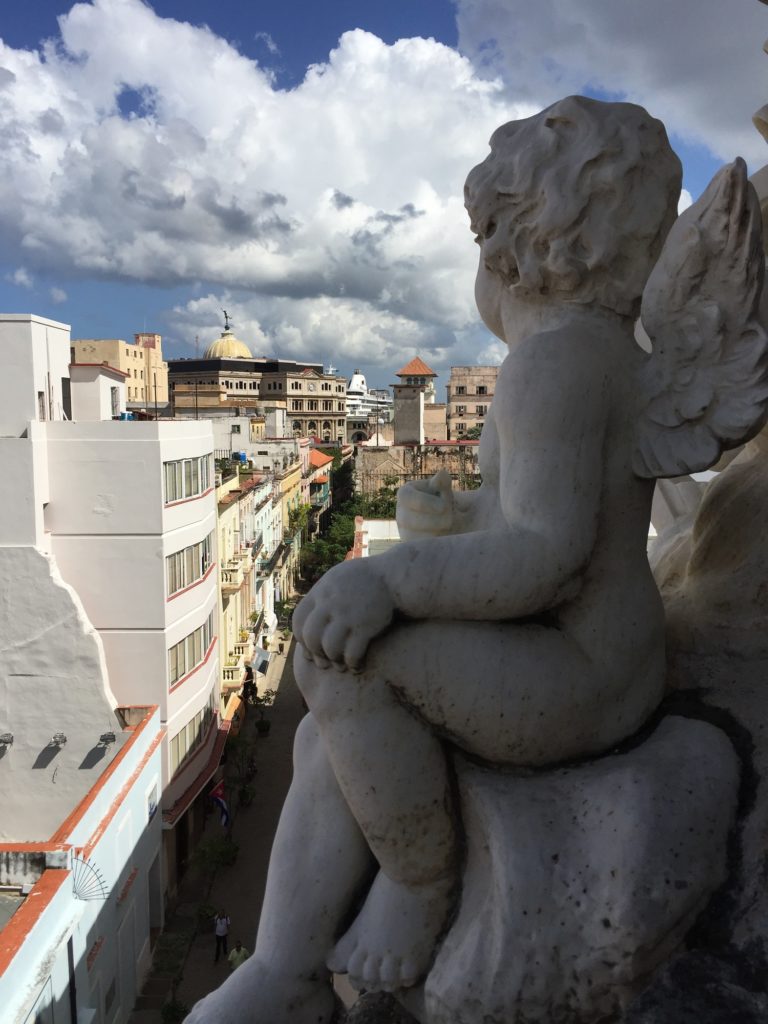
With its antiquated buildings and vintage autos, it’s easy to see why Old Havana is called a living museum. But with a rich and lively cultural scene, the emphasis is on living.
For a snapshot of daily life, stroll along the seaside Malecon where you’ll see men fishing, kids playing and couples walking hand in hand.
Home to 1.2 million people, Havana also has some interesting neighbourhoods. Among these: Leafy Miramar, with its opulent mansions and embassy row. And storied Vedado, once a favourite haunt of gangsters and movie stars. Many of its stately homes are now government buildings and cultural centres.
No Havana visit is complete without a stop at Revolution Square, the massive square where political leaders address the Cuban people. Fidel Castro gave speeches there; Pope John Paul II and Pope Francis held huge masses there. The area is dominated by the Jose Marti memorial, which includes an 18-metre-high statue of the Cuban national hero and a 109-metre-tall tower.
FORTRESS HAVANA
Havana was once the most fortified city in the Americas. Four formidable Spanish-built fortresses guarded the harbour entrance and protected the city – and the Spanish fleet – from attacks by pirates, privateers and invading navies. Today these fortresses are historical parks and have museums.
We visited two – Castillo de los tres reyes del Morro, simply called el Morro, and San Carlos de la Cabana. Both speak to Havana’s past as the richest, most important colony in the Spanish Empire.
La Cabana is home to a nightly ritual started in the 17th century – the firing of the 9 o’clock cannon. Our excellent guide, Betsy Olivares of Cubatour, tells us both locals and tourists attend this theatrical reenactment.
The action starts around 8:40 when a procession of men in vintage military uniforms march from the fort to a cannon pointed out to sea. The gun is prepared, some words are spoken, the fuse is lit and, at precisely 9 p.m., the cannon fires. Although we are anticipating the shot, the earsplitting sound is startling. Havana was once a walled city, and the cannon firing signalled the city gates were closing for the night.
La Cabana also has a museum devoted to rebel leader Che Guevara. Events such as Havana’s International Book Fair and concerts also take place at the fort, and there is a small market selling souvenirs and crafts.

FUSTERLANDIA
Fusterlandia started as one man’s dream to spiff up his house in Jaimanitas, the rundown fishing village he called home. Now, 44 years later, this community just west of Havana has been called everything from an enchanting fantasy land to a dreamy folk art kingdom.
The man behind it – acclaimed artist Jose Fuster – started by decorating his own house in colourful mosaics, then went on to embellish the facades of neighbouring homes and businesses. Soon, apartment blocks, offices, schools, fountains – even bus stops – had become a kaleidoscope of colourful tile, primitive drawings, and whimsical sculptures. Word spread and other artists moved in, breathing new life into the village.
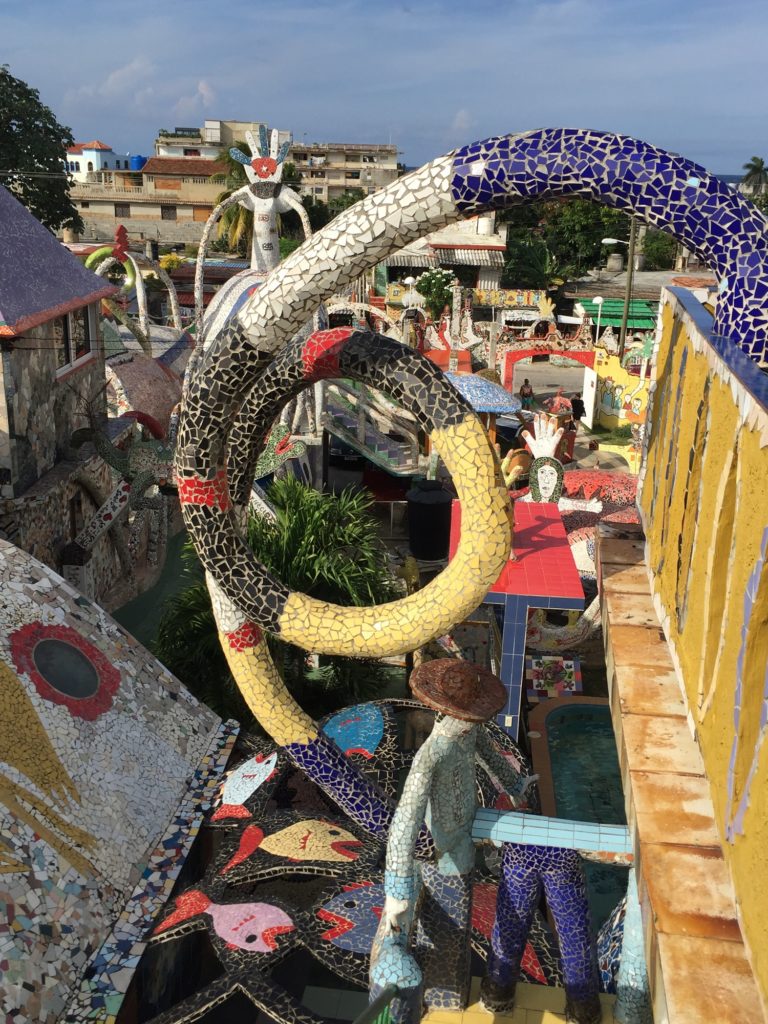
The entrance declares Fusterlandia is an “homage” to Spanish architect Antoni Gaudi. Fuster himself has been called the “Picasso of Cuba.” Both influences are readily seen at Fusterlandia as well as a big measure of national pride.
SIP ‘N’ SAVOUR
Rum and cigars are part of Cuba’s national identity so we researched some rum and cigar culture during tours of the Havana Club Rum Museum and the Partagas cigar factory.
Classic cocktails like mojitos and daiquiris were created in Havana, and Havana Club is the fifth-largest rum brand in the world. More than 4 million cases are produced annually and sold in 120 countries. A museum guide takes visitors through rum production from sugarcane to finished product. Tours start with a short film and end with samples at the tasting bar. We also learn that whenever a new bottle of rum is opened, it’s tradition for Cuban bartenders to spill some on the floor and say “para los santos,” meaning “for the saints.”

A giant photo of Fidel Castro holding a cigar dominates the three-storey Partagas lobby. Visitors may take pictures here but photos and videos are forbidden elsewhere in the working factory, where about 20,000 cigars in 30 brands are hand-rolled each day. A guide leads us from floor to floor, stopping on each level to watch different aspects of production from tobacco leaf to finished cigar.
It is steamy work. There is no air conditioning, only fans. The highlight is the rolling room, where we see skilled “rollers” (called torcedores) transform tobacco leaves into cigars of uniform shape, thickness and length. Our guide tells us that in addition to their salary (about $60 per month), rollers also get five cigars per day, which they usually sell to supplement their incomes.
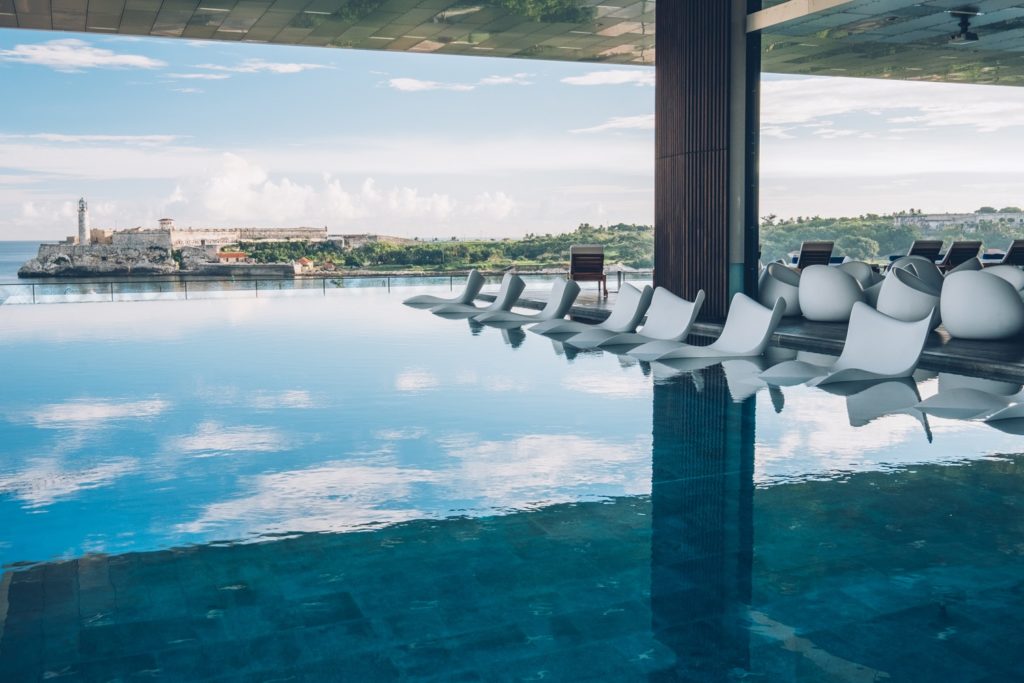
HOME AWAY FROM HOME
As mentioned, many luxury and boutique hotels have opened or will soon open in Havana. We stayed at the recently opened Iberostar Grand Packard, where the rooms are spacious, modern and well appointed. There are three bars and six restaurants, including a tapas restaurant and an excellent breakfast buffet where you can fuel up before heading out for the day to nearby attractions. The rooftop infinity pool overlooking the waterfront is very inviting. Set aside at least one afternoon or morning to have a swim and take in the views from this lofty perch.
DINNER AND A SHOW
Built in the 1930s on a cliff overlooking the sea, Hotel Nacional is a commanding presence. In its heyday, this was THE place for visiting politicians, partying Hollywood royalty and American gangsters to stay and play. We dropped into the Parisien Cafe for dinner and the variety show. The production is mainly for tourists, but the elaborately costumed performers are accomplished. Arrive early to check out the lobby bar photos of the movers and shakers of a bygone era.
NEED TO KNOW
See gocuba.ca for touring information.
See iberostar.com/en/hotels/havana/iberostar-grand-packard for rates and reservations at Iberostar Grand Packard Hotel.
Published March 2, 2019, in the Toronto Sun
https://torontosun.com/travel/international/find-beauty-beyond-the-beach-in-havana

